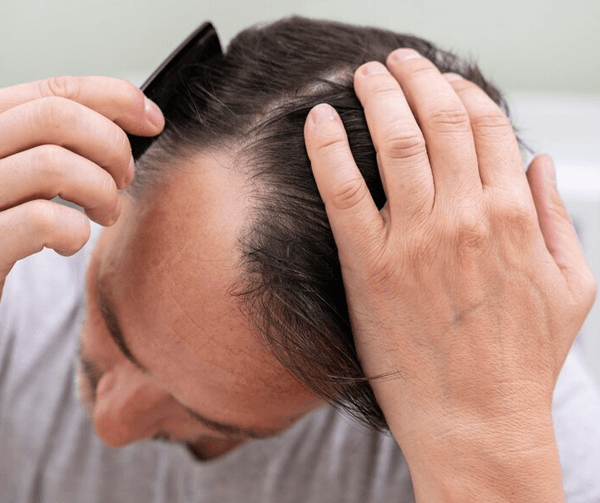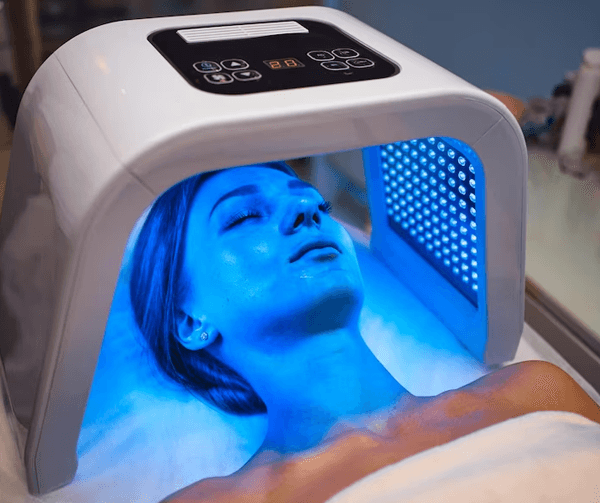The Inside Information About Tissue Expansion Surgery – Part 2
Dr. Lokesh Kumar | May, 2 2016 | 0 Comments
In the previous article, we looked at what tissue expansion is and who the ideal candidates for the same would be. In this article, we will continue to look at other aspects of tissue expansion.
What is the process of preparation for tissue expansion?
Before you head to the surgical area, there will be an elaborate preparation procedure, which will include you receiving guidelines related to eating, consumption of alcohol, usage of tobacco and even that of certain medication. Smoking and alcohol can affect the manner in which the skin heals and grows, which is why, you will be asked to abstain from the same prior and post procedure. There are also certain medications that can interfere with the healing process, which is why you might either be asked to refrain from using them for a while or a substitute will be prescribed. In addition, you might also be asked to have someone who can take you back home, even if you are having the procedure as an outpatient.
Where will the procedure be conducted?
The ‘where’ of your procedure will be decided based on the extent of the procedure required. If the area that needs to be covered is small, then your surgeon might suggest that it be done as an outpatient procedure. However, if the area that needs to be covered is large, say after a breast enlargement or a breast reduction, then it would be a much more extensive procedure, which is why you might be asked to get admitted. Many a times, with procedures such as breast reduction, the tissue expansion will be started almost immediately, while the person is still in the hospital.
Is there anaesthesia involved?
Yes, in order to avoid discomfort, sedation or anaesthesia is generally given. Normally, only local anaesthesia is administered, which will mean that while you will be awake, you will not feel any pain. For larger areas to be covered, general anaesthesia might be suggested.
What are the steps in the procedure?
In most situations, the procedure should not take more than two hours, however the time taken does depend on the area of the skin that needs to be expanded.
- A small incision will have to be made near the site where the repair needs to take place. In the hands of an experienced surgeon, the incision will be minute and almost unnoticeable.
- The balloon expander will be inserted into the pocket that will be created right beneath the incision. The balloon will have a tiny tube as well as a self-sealing valve, both of which will come into play, when the saline solution is being injected. The balloon will be placed in such a manner that the valve will be just beneath the skin, allowing easy access for the surgeon.
- You will be asked to return to the surgeon’s office at regular intervals, because the balloon will have to be injected with saline solution. This is what will enable the skin to expand and enlarge.
- When the skin has stretched out enough, there will be the need for another surgery, because the balloon will have to be removed. The new skin will then be repositioned to cover the scarred or damaged area.
- For breast reconstruction, the gap left by the balloon, will be used to fix the implant, allowing the breast to get a natural look.
- Tissue expansion is a great option for the repair of scalps, because the skin even after expansion will be able to grow hair.
What are the risks involved with tissue expansion?
There are actually only a few risks associated with tissue expansion, which is probably why a growing number of surgeons are actually opting for the same, as opposed to grafting or skin flaps. Here are some of the possible risks:
- Since a silicone expander is being used, there is a chance that the same might break and the silicone could leak into the blood stream or the body. Normally, the expanders are tested, but there is always the chance that something can go wrong. The saline water, if leaked into the body, will be absorbed, as it is nothing more than salt water. However, a leak will mean that the enlarger will have to be replaced, which will mean another surgery.
- In very rare cases, people will develop an infection, located around the expander and many a times, the same is seen within a week of the same being inserted. If the infection increases, there could be the need to remove the expander.
What will happen after the surgical procedure?
There is bound to some amount of discomfort, but the extent of the same will be dependent on how extensive the procedure was and how complex it was. There will be some amount of discomfort when the initial incision is made and the expander is placed. Your surgeon will probably prescribe medications to control the discomfort.
There might be some discomfort at each session when the saline is being injected, however, this will not last for more than a few hours. Yet again, when the expander is being removed, there could be a little discomfort, which too will be controlled using medications.
When can one return to the normal routine?
The recovery and return to the normal routine both depend on how extensive the process was in the first place. Normally, people are able to return to their normal lives within a few days, and most people are able to carry on with their daily routines. After the first and second surgery, there might be recommended rest for less than a week, saline injections will not require even that.
It is important that you go for the procedure with realistic expectations and have a clear understanding of what can go wrong as well.






